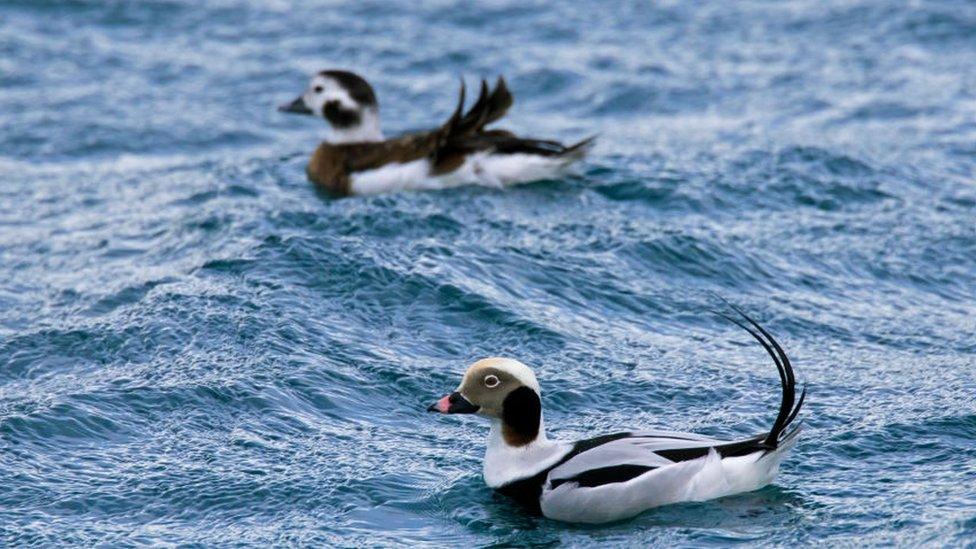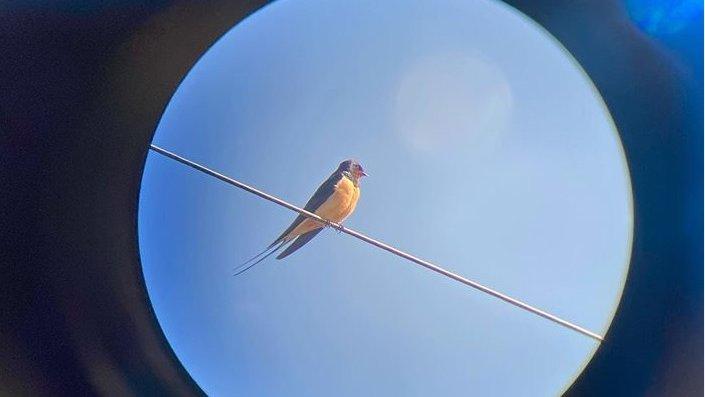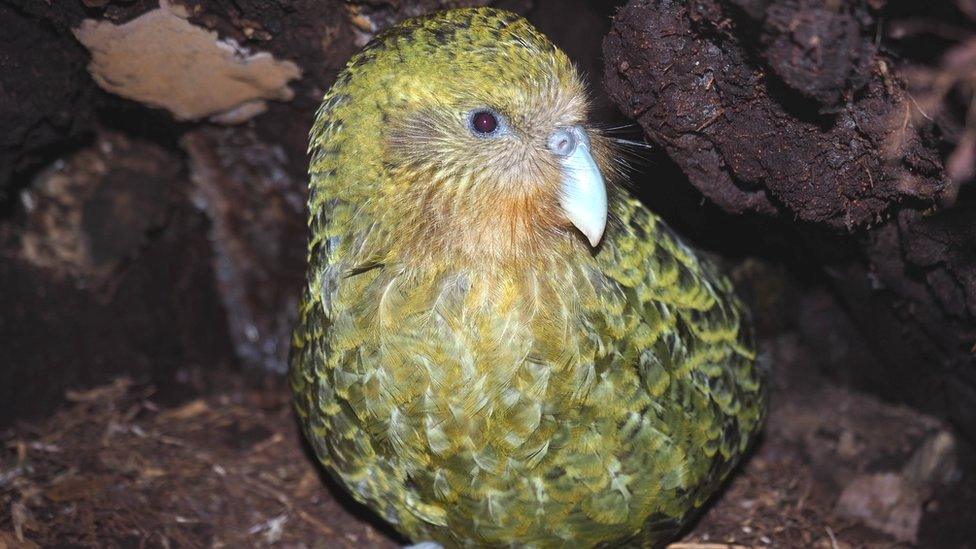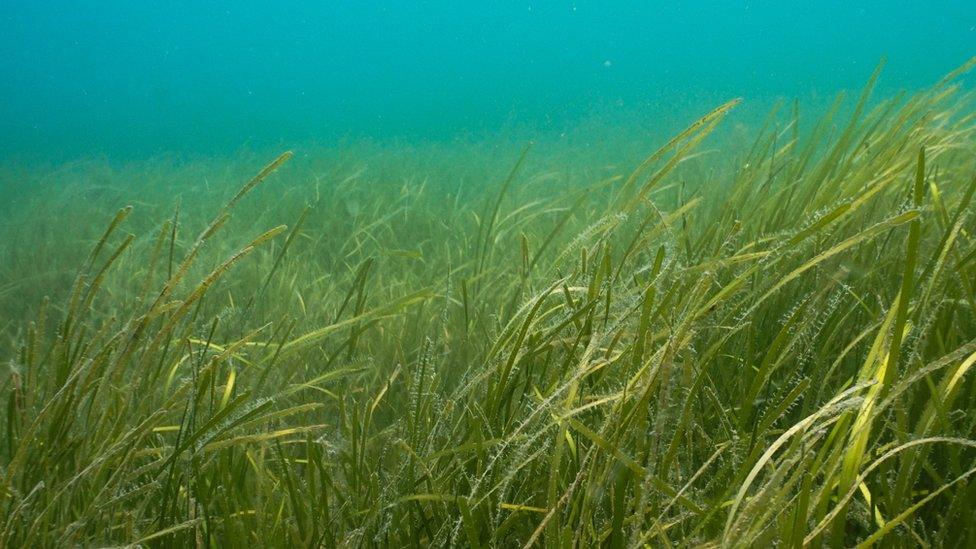Googly-eyed scarecrow stopping seabirds getting stuck
- Published
- comments

Buoys that are fitted with googly eyes can help stop seabirds from getting trapped in nets.
Roughly 400,000 seabirds are caught and drowned in gillnets around the world each year. A gillnet is a curtain wall net that hangs vertically in the water which is used to catch fish.
But bycatching can happen, which is when other unwanted species are accidentally caught, such as seabirds who fly down into the water to catch fish.
Researchers have found that by adding big eyes to the floating buoys it can put off the birds flying down and potentially get tangled in the fishing nets.

The scientists tested the goggly-eyed buoy on long tailed ducks
A group of scientists, including from Birdlife International and the RSPB's Centre for Conservation Science, developed the device with marine engineers and it was tested on long-tailed ducks in Estonia.
They attached the eyes to aluminium poles and set them 100 metres apart in the water.
The experiment took up to 250 hours of observation and found that the number of birds were reduced in the are by 20-30 percent within a 50 metre radius of the floating scarecrow, compared to the usual fishing buoys.
The researchers found that once the scarecrows were removed the birds returned, so it did not permanently discourage from them the area.
Yann Rouxel, lead author of the study said: "Unfortunately seabirds can drown if caught up in the nets. We thought if we can reduce the chances of seabirds from diving too close to gillnets, we could prevent deadly interactions from happening."
"The development of low-cost devices such as the looming-eyed buoy offers up simple, yet innovative, solutions to these conservation problems and so that everybody benefits."
The next step is for us to test the device in gillnet fisheries to ensure that seabird bycatch is reduced.
The team of scientists believe that this is a low cost solution to the problem and would be accepted by the fishing industry as it doesn't affect their work.
The new device will now be tested in Iceland and if it's successful it could save thousands of seabirds every year.
- Published14 April 2020

- Published4 June 2020

- Published4 May 2021

